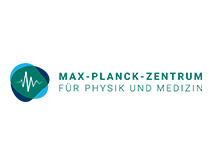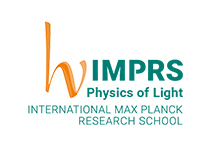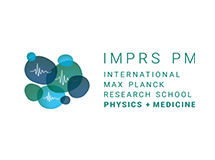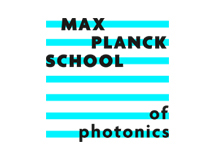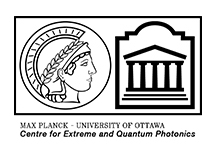About the Max Planck Society
"Insight must precede application." (Max Planck)
The Max Planck Society conducts basic research in the natural sciences, life sciences, and humanities. Since its foundation in 1948, twenty Nobel laureates have emerged from its ranks, including Germany's only (natural science) female Nobel Prize winner to date. More than 15,000 publications in scientific journals every year - many of them in renowned journals such as Science and Nature - also testify to the outstanding work at the Max Planck Institutes. In important rankings, such as the Nature Index or the Index of Highly Cited Researchers, Max Planck has been among the top 5 worldwide for years.
The Max Planck Society with its 86 Max Planck Institutes and facilities and about 24,000 employess is the international flagship for German science. In addition to five foreign institutions, it operates more than 20 Max Planck Centers with research institutions such as the Princeton University in the USA, the Paris University Science Po in France, the University College London in UK, and the University of Tokyo in Japan. Over 16,000 early career researchers and visiting scientists conduct research at Max Planck Institutes every year.
Equally funded by federal and state governments, the Max Planck Society had an annual budget of 1.8 billion euros in 2019.
Watch this video to find out more about the Max Planck Society in 75 seconds.

